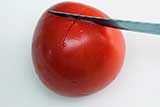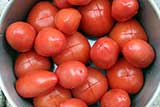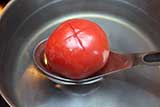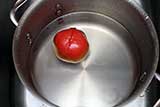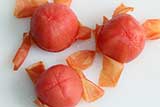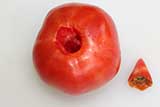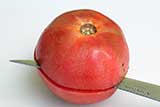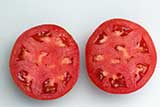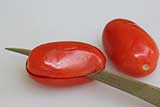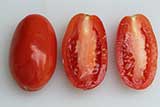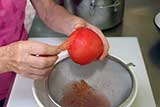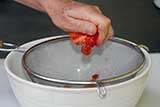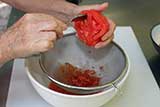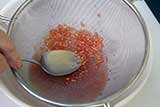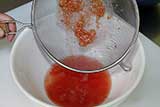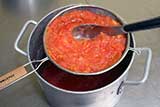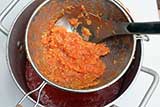Meats and Sausages
Preparing Tomatoes
There are people who never peeled or seeded tomato, others do it all the time. You may peel tomato for the baby, you may peel and seed tomatoes when making a sauce or a paste. Some people claim that seeds impart bitter flavor, others argue that this is not true so the subject if for discussion. Most of us will probably agree that the skin is not the best part of the tomato, however, for most applications such as adding tomatoes to a salad, the skin and the seeds are left intact.

